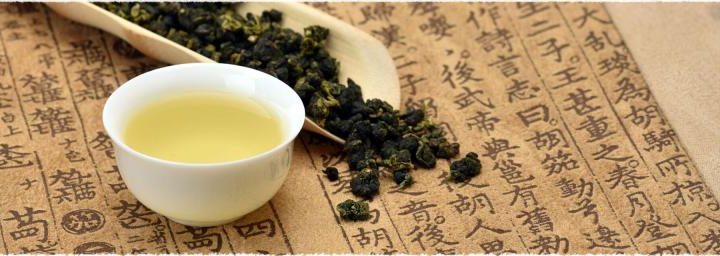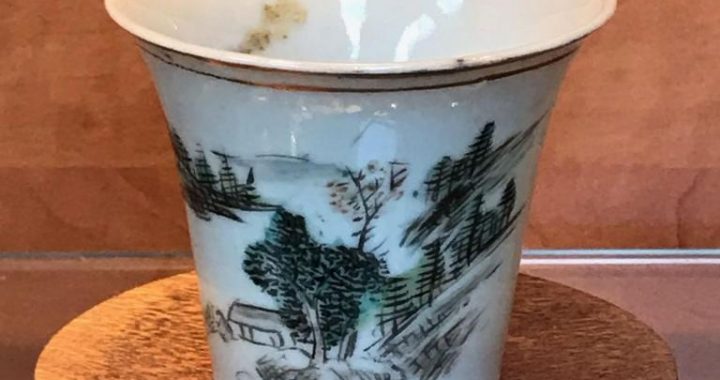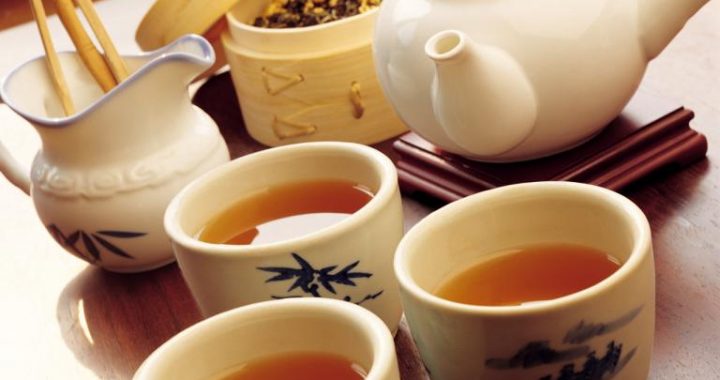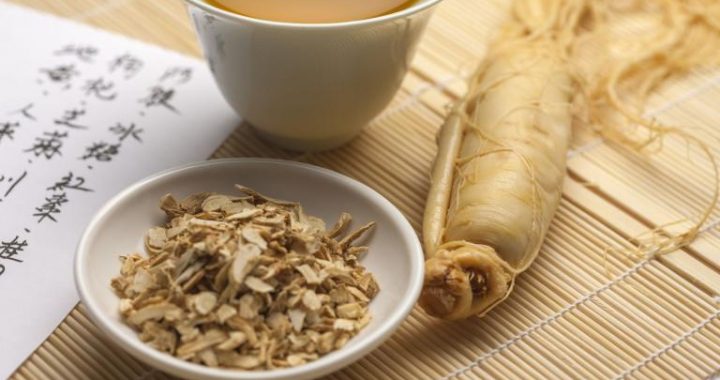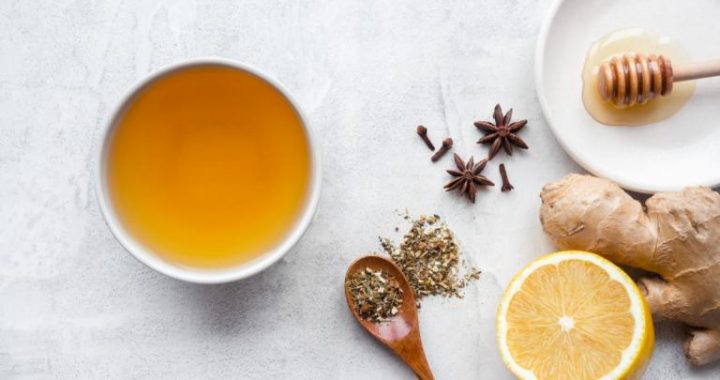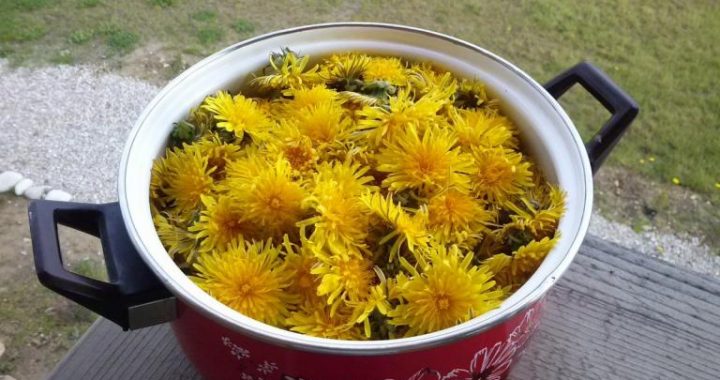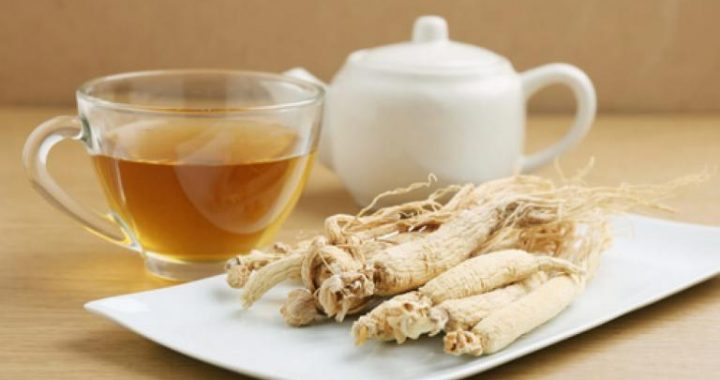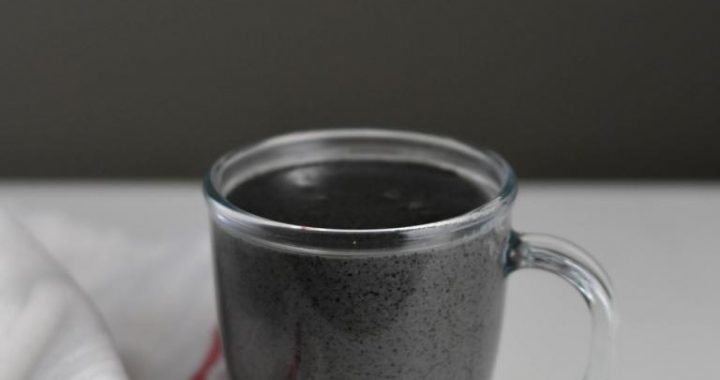The Processing Technique of Pu-erh Tea
9 min readThe processing is key to the special fragrance of Pu-erh tea. It is also the source of the various names used to refer tothe tea. As artificial fermentation and natural fermentation are two techniques of the later stage of tea processing, let us first divide the tea processing into two stages–the preliminary sun-baking and the later fermentation.
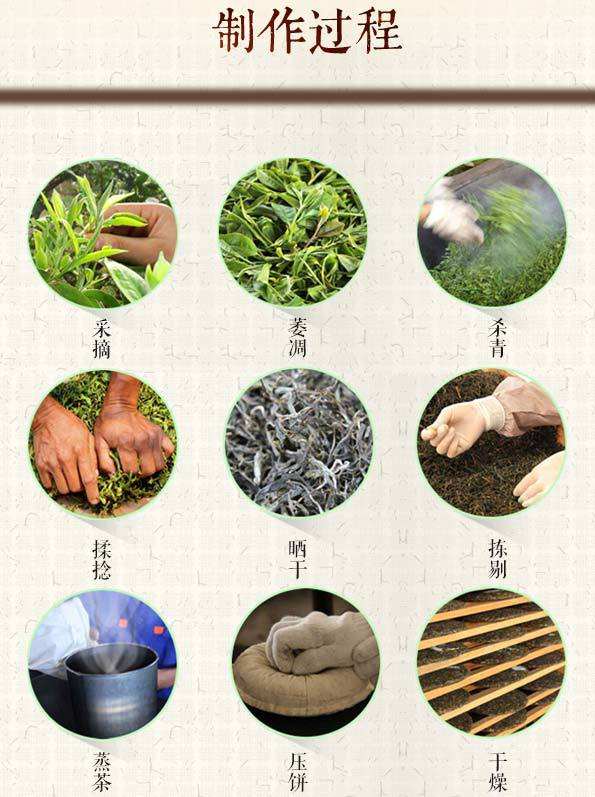
1. Making raw material of Pu-erh tea -sun-baked tea leaves
Picking tea
Picking fresh leaves from the big-leaf tea trees Whether raw or processed, Pu-erh tea is rich in taste.
Unlike green tea, yellow tea or white tea, where farmers need to choose the most tender sprouts, when picking fresh leaves for Pu-erh tea, farmers just pick sprouts with three leaves and some old leaves for their mellow fragrance.
The Pu-erh tea leaves are picked in spring, summer and autumn, but those picked in spring are the best. According to the tea farmers, the fresh leaves and sprouts are picked in batches.
In spring they usually pick one or two batches called the first and second batch respectively.
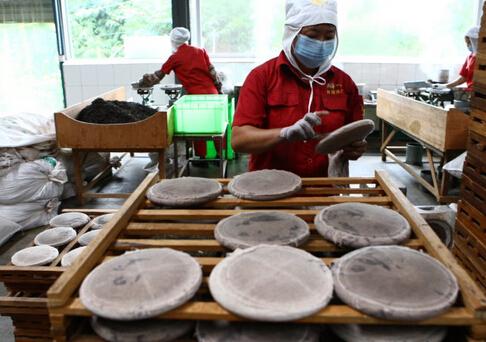
The first image that appears in our mind when visualizing tea-leaf picking is of women deftly picking leaves from the waist-high trees south of Y angtze River. The picking of leaves from the Y unnan bigleaf tea trees are more colorful. This isbecause the Pu-erh tea grows in regions dominated by the eth-nic minorities. During the tea-picking season, the Hani, Blang and Dai people in brightly colored ethnic costumes and acces-sories paint a pretty picture. Secondly, tea trees in this regionare not only large areas of short trees planted in the past 20 to 30 years (the so called terrace tea trees about waist or breastheight), but also many tall 200-, 300-, 500-and even 800-year-old trees, forming a wonderful landscape.
Dai woman picking fresh leaves from ancient tea trees
Upper right: Sprouts of 20- to 30-year -old terrace tea trees
Middle right:Autumn tea leaves of ancient tea trees
400-to 500-year-old ancient tea trees in the huge ancient tea garden in Jingmai Pu-erh tea farmers pick the leaves in many ways一simply reaching out their hands,standing on their toes and there aretimes when they have to climb the trees.The scenes are varied and rarely seen elsewhere.
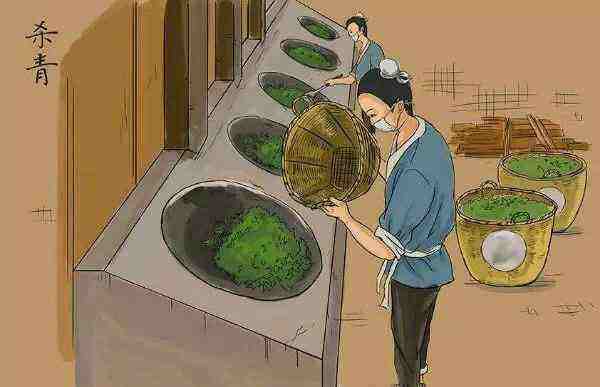
Withering tea
Withering(or airing)is to reduce the humidity of the fresh leaves,to lower the temperature for baking the leaves and tosoften the leaves.The natural process of withering is by ex-posing leaves to the air,withering in weak sunlight and with-ering with hot air in the rainy season.
Natural withering by exposing leaves to the air Sha Qing (heating tea)
Sha Qing is a terminology in processing tea, which means heating and stirring.
Chao Qing, that is steaming, Zheng Qing or scalding in boiling water, Lao Qing or destroying the enzyme activity, thereby preventing the phenol substances from oxidizing and the fresh leaves from turning yellow or red and the quality of tea from changing. Heating keeps the leaves in the desired state. Except for a few types of tea, the first step of processing after picking tea is heating it. Among the many ways, heating in woks, as in Pu-erh tea is most widely used.
Heating and stirring big-leaf tea in a wok Put the fresh leaves in a heated iron wok. Using both hands pick up the tea leaves from the bottom of the wok and scatter them back into the wok. Repeat the process until the leaves are no longer stiff, their color has turned yellowish and you can smell the smoky fragrance of the green leaves.
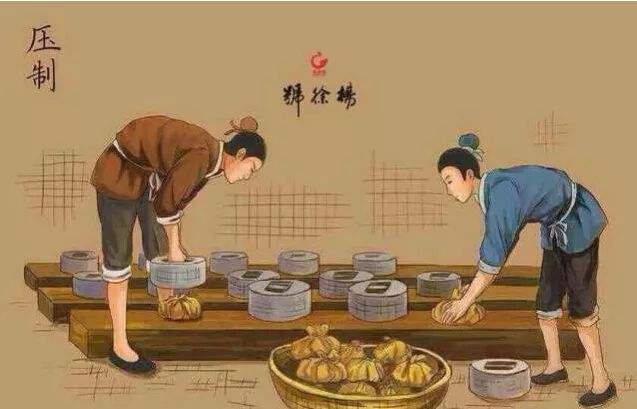
Airing tea
Transfer the hot leaves into the bamboo basket. Scatter them with care to dispel the heat and cool them quickly to prevent the leaves from further changing due to the heat for the next step of processing. Rubbing and twisting tea Rubbing and twisting is to shape the tea leaves for the final product.
If the tea leaf is rubbed and twisted it will take a spiral, form, like the green tea Bi Luo Chun.
Scattering and airing
Rubbing and twisting
Distinct striations of aired raw tea leaves Twist the Pu-erh tea into striations along the stem.Roll the leaves with both hands into a bal,then rub and squeeze them repeatedly forming an oval(like practicing Taiji).Apply pressure evenly.If the pressure is too light,the leaves are un-likely to form striations and there will be no tea extract.
This is not conducive for fermentation.Rubbing or twisting too hard will cause the leaves to break and become unmarketable.Once the tea extract starts oozing out,the hands feel sticky,smell freshly fragrant and turn light green.Stopwhen the了or 4 leaves on the stem have twisted into striations.
Drying tea
The twisted tea leaves are spread in bamboo baskets and put out in the sun to absorb sunlight.These sun-baked green crude tea leaves are the raw material for compressed Pu-erh tea.However,most of the teapicking time in Y unnan coincides with the rainy season characterized by heavy and continuous rainfall.On rainy days,twisted tea striations are often dried over gentle fire.That is why raw tea leaves picked in the rainy season smell smoky.Today,large quantities of raw tea leaves are machinedried,yet the traditional sun-baked green crude tea leaves are the best in terms of quality.
Sun-baking
2. Producing naturally fermented Pu-erh tea Compressing and shaping Compressing the tea into different shapes eases packaging and transportation over long distances and time. The compres-sing technology was introduced during the period of the Ming Dynasty. The people of Y unnan reformed the various steps fortea production. Compressing tea by hand is still prevalent in the regions producing traditional Pu-erh tea (e.g., Yiwu).
Tea cakes are traditionally, sun-baked green crude tea leaves compressed into different shapes in the following steps:
1. Weighing: Usually a tea cake weighs 357 -400g. Take a suitable amount of tea leaves in a perforated metal steamer.
2. Placing the flyleaf: Position the flyleaf with some striated tea leaves on it.
3. Steaming: Put the metal steamer over the steam to soften and moisturize the tea leaves for convenient compressing and post-fer-
mentation of the tea.
4. Putting in the bag: Overturn the steamer into the cotton bag, and knead the leaves into a pile in the bag.
5. Kneading: Roll the bag tightly, knead the hot tea pile into a tea cake of even thickness, winding the bag into a spiral on top of the cake asshown. Press the spiralshaped knot into the middle part on the back of the tea cake.
6. Compressing: Put the tea cakes under the special stone and stand on the stone to compress the tea leaves evenly. Today, machines are used to compress the tea leaves, but pressing manually shapes the cakes evenly and neatly.
7. Drying: Take the tea cakes out of the bags to dry in a cool place.8. Packaging: Pack the tea cakes in cotton paper and fold the edge of
the paper into the hole made by the bag knot on the back of the cake.
TIPS
Besides cakes, Pu-erh tea is also compressed into the shape of melons, bricks, mushrooms, etc.
9 Packaging Qizibing tea together Putseven packaged tea cakes in a pile. Wrap it with sheets made of bamboo shoot skin, bundle it up tightly dand thenput it in a fat barnboo basket Barmboo threads are best for tying the Cakes because lron wires rust easily and chemical substances in the plastic pollute the tea leaves Pu eth tea is oftencalled ren: cake tea.
9. Packaging Qizibing tea together: Put seven packaged tea cakes in a pile. W rap it with sheets made of bamboo shoot skin, bundle it up tightly and then put it in a flat bamboo basket. Bamboo threads are best for tying the cakes because iron wires rust easily and chemical substances in the plastic pollute the tea leaves. Pu-erh tea is often called seven cake tea.
Long-term storage and natural post fermentation After packaging the seven-cake tea you have two options: You can store the tea for a period of time. You can do this by keeping it in a storehouse or just let it ferment naturally(without putting in the storehouse), before selling it according to the market demand. Another way is to directly sell the raw Pu-erh tea.
In the past, large batches of Pu-erh tea were transported to Tibet and other places. Yunnan’s and Tibet’s rugged terrain made transportation difficult. The combination of the demand for Pu-erh tea, the hazardous route and the lack of roads andproper vehicles led to the world-famous ancient caravan route and the caravan career. The tea matured continuously along the way. Factors such as long exposure to the sun, wind, rain and humidity, the bamboo shoot skin wrap, the wild grass and flowers along the way and the temperature of the horse on which it was laden affected the raw tea cakes, imbuing it with a special fragrance of the Y unnan wilderness. Transportation by ships, too, took a long time, affecting the quality of the tea.
That is why Pu-erh tea fermented in natural conditions is es-pecially fragrant and mellow.
Pu-erh tea gained popularity during the middle and late period of the Qing Dynasty. It was the tribute tea to the impe-rial court during the reign of emperors Y ongzheng and Guangxu. However, after the Qing Dynasty, the importance of Pu-erh tea quickly declined and went into oblivion. Today, Pu-erh tea has risen to the fore as a new drink in Taiwan and Hong Kong. Its long-term storage capability has made it regain pop-ularity overnight, and there is great demand for its mellow fra-grance and taste.
The present generation’s fast pace of living makes time invaluable.There is a sharp gap between the prices of the naturally fermented Puerh tea and artificially fermented tea 一the more technology develops,the more precious the time-honored natural products become.
3.Producing Pu-erh tea through artificial fermentation Sorting into piles Sort the sun-baked green crude tea leaves into different piles according to their quality for pile fermentation.
Pile fermentation
“Pile”means to add moisture to the tea and control its humidity and temperature.In pile fermentation,pile tons of raw tea leaves together,add water,keeping the temperature within 58-60°.The tea leaves are kept thus for 48 days.
Fermentation occurs under suitable temperature,humidity and by the chemical reaction of the microbes and enzymes in the leaves.
The leaves turn reddish-brown and the tea liquid is red,bright,thick,mellow and smooth.Pile fermentation is a major step in the production of processed Pu-erh tea.The humidity,temperature,pile-stirring times and degree of fermentation should be flexible;it should be controlled according to the season and the tenderness of the raw tea leaves.Improper fermentation will produce substandard tea.This is why great importance is attached to the origin of the Puerh tea.Processed Pu-erh tea of different origin possess different taste and flavor.
Tests show that Pu-erh tea processed through artificial pile fermentation have the same physicochemical indices as the tea through natural fermentation.Post fermentation,the quality of the tea leaves become more stable.Consumers can drink processed tea immediately after buying,or store it for a while to reduce the dryness of the newly processed tea,thereby im-proving the taste.But there is no need to store it long.The arti- ficially fermented tea is processed to satisfy the market de-mand ahead of time.
Pile fermentation
The terms”raw cake,””processed cake,””traditional Pu-erh tea,”experts’ definition of Pu-erh tea, the industry stan-dards and the terms for techniques and processing are all closely associated with the development of the artificial pile fermentation.
Drying
After pile fermentation, the tea is dried and becomes loose Pu-erh tea.
Selection After selection by machine comes selection by hand. This step is an important factor to the quality of the tea.
Given that machines fail to pick the stem and impurities out from the leaves, only manual selection can guarantee tea quality.
Moisturizing
Moisturizing is an important step in making processed tea. Before compressing the processed tea, moisture should be added to the dried tea to soften it. After pile fermentation, tea cannot be steamed but can be moisturized to ensure that tea leaves form tight striations and will not crumble during compressing.
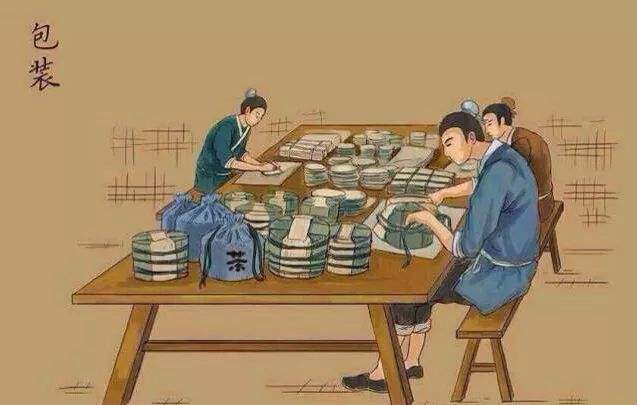
Compressing into shapes
The processed loose Pu-erh tea is compressed into different shapes but mostly into cakes.
We can see that making sun-baked green crude tea leaves remains the same for naturally fermented and manually fer-mented tea. The difference is in the post-fermentation. The key to natural fermentation is its timing and storage. Artificial fermentation relies on the technology of pile fermentation.
There are many factors that affect the quality of Pu-erh tea, which we will analyze one by one after understanding the primary factor–technique.
